A speaker is a device that transforms audio signals into sound. Popular speaking refers to the speaker host box or subwoofer box body comes with a power amplifier, the audio signal is amplified by the speaker itself to play back the sound, making it louder. The speaker is the terminal of the entire audio system. Its role is to convert audio energy into corresponding acoustic energy and radiate it into space. It is an extremely important part of the audio system and is responsible for the task of converting electrical signals into acoustic signals for direct listening by human ears. To understand the principle of speaker sound, we first need to understand the sound transmission. The transmission of sound requires a medium (vacuum cannot be heard); sound depends on all gases, liquids, and solids as media, and these substances as media are called media. It is like a wave of water. You throw a stone on the calm water. There is a wave on the water surface, and it spreads from the opposite shore to four weeks. The sound wave is formed like this. The frequency of sound waves is in the range of 20 to 20,000 Hz and can be heard by human ears; below or above this range, human ears cannot hear it. Waves and sound waves travel in the same way. Through the propagation of media, human ears can hear sounds. Sound waves can spread in gases, solids, and liquids. The following is to say how the horn works. A horn is a device that converts an electrical signal into an acoustic signal and consists of a coil, a magnet, a paper cone, and the like. The output current (AC power) of different sizes from the amplifier moves the coil through the coil under the action of a magnetic field. The coil is connected to the paper cone to drive the cone to vibrate, and then the vibration of the cone pushes the air to make a sound. Horn sounding principle When the horn receives the electrical signal output by the sound source device, the current passes through the coil on the horn and generates a magnetic field response. The current through the coil is the alternating current, its positive and negative poles are constantly changing; the positive and negative poles meet each other and attract each other; the coil is attracted by the magnet on the horn backwards (in the box); the positive pole and the positive pole meet each other and are mutually exclusive The coil moves outward (out of the box). The rhythm of this expansion will produce sound waves and air currents, and it will make a sound. It will have the same effect as the throat vibrations we talk about. Frequency response curve SPL vs Freq The frequency range that the human ear can hear is 20Hz—20KHz, (“20hz is called infrasound,†20KHz is called ultrasound). The icon ordinate means the sound pressure level, and the unit is dB. The icon abscissa indicates the frequency in Hz. The left side of the icon is the woofer frequency response curve, and the right side is the treble unit. The left and right speakers are included. Several important parameters can be known from the frequency response curve: Characteristic Sensitivity (SPL): The sound pressure measured at a distance of one meter at one watt of electrical power, and the average value obtained from the four points of the frequency response curve is the average sound pressure. Effective frequency range (F0~20KHz): It can be SPL-10 dB, so that a straight line and a curve intersect two points. The effective frequency range is between these two points. As shown above, the effective frequency range of the speaker is 45Hz ─ 20KHz, the effective frequency range of the bass single unit is 40Hz ─ 3KHz, and the effective frequency range of the treble unit is 1800Hz ─ 20KHz. The flatter the frequency response curve, the better. The wider the bandwidth, the better. Several important parameters can be known from the impedance curve: Impedance value (Ohm): The y-axis corresponding to the lowest point of the illustrated peak is the impedance value. The lowest resonance frequency (F0): Single-speaker (single-peak)—F0 is the point where the impedance curve peak corresponds to the abscissa. Speaker horn (double peak) - the point corresponding to the abscissa of the valley between the first peak and the second peak of the impedance curve is the Fb, the first peak is the sound guide F0, and the second peak is the single F0. Speaker Speaker + Treble Unit (Sanfeng) - The point where the abscissa of the impedance curve peak and peak corresponds to the abscissa is Fb, and the third peak is the F0 of the tweeter. 1. DC resistance (Ohm): The static speaker is used to measure its impedance, so the result of the request is the DC impedance, which is the impedance value of the total length of the copper wire wound on the voice coil. The DC impedance is not affected by the frequency. 2. AC impedance (Ohm): The dynamic impedance of the speaker, ie, the AC impedance obtained after power is applied. (usually the tolerance of the voice coil is ±15%.) 3. Standard input power (W): It is the rated power of the speaker. It is the guaranteed value. 4. The maximum input power (W): refers to the maximum power of the speaker, only withstand peak voltage within 1 second, non-guaranteed value. 5. Output sound pressure, also known as sensitivity (dB): Sensitivity is also called characteristic sensitivity. It is generally defined as the sound pressure generated at a distance of one meter from the reference point on the reference axis when the loudspeaker is placed on the input end of the anechoic chamber diaphragm plus the signal voltage equivalent to one watt of electrical power at the rated impedance. The sensitivity of the characteristic is expressed in decibels (dB). The sensitivity of loudspeakers has a great relationship with the performance of the loudspeaker vibration system and the magnetic induction intensity in the air gap. 6, polarity: A pulsed DC signal is applied to the input of the speaker. If the vibration is pushed forward, the positive terminal of the horn is connected to the positive terminal of the horn, and vice versa to the negative terminal. If it is reversed, the phase of the horn vibration will be incorrect. Speakers (speaker systems) are generally composed of speakers, cabinets, and frequency dividers. The function of a speaker (commonly known as a speaker) is to convert an electrical signal output by a power amplifier into a sound signal and then radiate it out. (1) Classification of speakers Speakers have a variety of classification methods: according to their energy conversion methods can be divided into electric, electromagnetic, piezoelectric, digital and other; according to the diaphragm structure can be divided into a single paper cone, composite paper basin, composite horn, with Axis and other; According to the shape of the diaphragm can be divided into conical basin type, ball top type, flat type, belt type, etc.; according to the playback frequency band can be divided into high frequency, intermediate frequency, low frequency and full-band speaker; magnetic circuit Forms can be divided into external magnetic, magnetic, dual magnetic circuit and shielding and other types; according to the magnetic circuit properties can be divided into ferrite magnets, neodymium-iron-boron magnets, aluminum nickel cobalt magnet speakers; according to the diaphragm material Can be divided into paper and non-pendent speakers... (2) Electric speakers The electric speaker is the most widely used type of civil audio system. It uses the interaction force between the voice coil and the constant magnetic field to make the diaphragm vibrate and sound. Electric bass loudspeakers are mostly cone-shaped, mid-range loudspeakers are mostly cone-shaped or dome-type, and tweeters are usually dome-type, belt-type, and horn-type. The cone-shaped speaker has a simple structure and a high energy conversion efficiency. The diaphragm material used is mainly made of pulp material, or mixed with materials such as wool, silk, carbon fiber (or glue) to increase its rigidity, internal damping and waterproof properties. The new generation of electric cone-basin speakers use non-paper diaphragm materials, such as polypropylene, mica carbonized polypropylene, carbon fiber weaving, bullet-proof fabric, hard aluminum foil, CD corrugated, glass fiber and other composite materials, to further improve performance. The dome-type speaker has a soft dome and a hard dome. Soft dome speaker diaphragm uses silk, silk, phenolic resin impregnated with cotton cloth, chemical fiber and recombination materials, which is characterized by replay soft sound; hard dome speaker diaphragm using aluminum alloy, titanium alloy and tantalum alloy materials , Its characteristic is the replay sound quality is crisp. The horn loudspeaker radiates differently from the cone-shaped loudspeakers. After the diaphragm vibrates, the sound passes through the horn again. Its characteristics are electro-acoustic conversion and high radiation efficiency, long distance, small distortion, but the playback frequency band and directivity are narrow. The voice coil of the band speaker is directly fabricated on the entire diaphragm (aluminum sheet gold or polyimide film, etc.), and the voice coil is directly coupled with the diaphragm. The alternating magnetic field generated by the voice coil interacts with the constant magnetic field, so that the band diaphragm vibrates and radiates sound waves. Its characteristics are fast response, low distortion, fine reproduction and good sense of layering. The cabinet is used to eliminate the acoustic short circuit of the speaker unit, suppress its acoustic resonance, widen its frequency response range, and reduce distortion. The cabinet's enclosure structure is divided into bookshelf type and floor type, as well as vertical and horizontal types. The internal structure of the cabinet is closed, inverted, with general-purpose, empty paper basin, labyrinth, dual-chamber double-opening, 1/4 wavelength loading, symmetric drive and horn type, etc. Most of them are closed, inverted, and general-purpose, as shown in the figure below. The frequency divider is divided into a power divider and an electronic divider. The main functions are frequency band splitting, amplitude and frequency characteristic correction, impedance compensation and attenuation. The power divider, also known as the passive rear stage divider, divides the frequency after the power amplifier. It mainly consists of inductors (L), resistors (R), capacitors (C) and other passive components filter network, the audio signals of each frequency band are sent to the corresponding frequency band of speakers for playback. Its characteristics are low production cost, simple structure, suitable for amateur production, but the insertion loss is large, the efficiency is low, and the transient characteristics are poor. An electronic crossover, also called an active prescaler, is composed of various RC components and active devices such as transistors or integrated circuits. It is an analog that is placed in the signal path of preamplifiers and power amplifiers. The electronic filter can divide the audio signal output by the preamplifier into different frequency bands and send it to the power amplifier for amplification. Its characteristic is that the frequency spectrum of each frequency band is balanced, the mutual interference is small, the dynamic range of output is large, there is a certain amplifying ability in itself, insertion loss is smaller. However, due to the complexity of the circuit, the amateur production is more difficult than the power divider. The frequency divider can be divided into two frequency divisions, three frequency divisions and four frequency divisions according to the frequency division frequency band. The second frequency division is to divide the entire frequency band of the audio signal into two frequency bands of high frequency and low frequency; the third frequency division is to divide the entire frequency band into three frequency bands of high frequency, intermediate frequency and low frequency; the fourth frequency division divides the three frequency divisions into one more Ultra-low frequency band. Make speakers in amateur conditions, with two- and three-way speakers. The frequency division point and the frequency division slope directly affect the divider frequency (crossover frequency). The crossover point is the intersection point of the frequency response curves of two adjacent speakers (such as treble and bass in two-way frequency, treble and mid-tone, mid-range and bass in three-way frequency), and it is usually at a certain frequency. The frequency at which half of the power output of the two speakers (ie, a 3 dB point) is determined depends on parameters such as frequency characteristics and distortion of the speaker and each speaker. Normally, the crossover frequency of the divide-by-2 frequency divider is between 1kHz and 3k, and the three-way frequency divider uses two crossover frequencies of 250Hz to 1kHz and 5kHz. The crossover slope (also called the attenuation slope of the filter) is used to reflect the falling slope of the frequency response curve below the crossover point and is expressed in decibels/octave (dB/oct). It has one-order (6dB/oct), second-order (12dB/oct), third-order (18dB/oct), and fourth-order (24dB/oct) points. The higher the order, the slope of the frequency curve after the crossover point. The bigger it is. More commonly used is the second-order crossover slope. Higher-order dividers can increase the slope but have a larger phase shift. The low-order divider can produce a gentler slope and a good transient response, but the amplitude-frequency characteristics are poor. Determining the order of high and low frequency filtering should mainly consider the good convergence of the phase of the speaker itself at the crossover frequency. It is the simplest speaker system in structure. It was proposed by Frederick in 1923. Simply put, the speaker unit is housed in a fully sealed box. It can completely separate the speaker's forward radiated sound wave and backward radiated sound wave, but due to the existence of the closed box, it increases the resonance stiffness of the speaker's moving mass and increases the minimum resonant frequency of the speaker. Closed-sounding speakers have some deep sound, but bass analysis power is good. When using ordinary hard-ringed ring loudspeakers, in order to get satisfactory bass playback, large-size large-size boxes are needed. Most of the new-style sealed speakers use high Q values. Straight speaker. With the elasticity of the compressed air mass enclosed in the box, although the speaker is installed in a small box, the air cushion behind the cone will exert counter-power on the cone, so this small closed box speaker is also called air cushion speaker. . Bass reflex speakers, also known as inverted speakers, were invented by Thuras in 1930. In its load, there is a sound outlet opening on a panel of the cabinet. There are various positions and shapes of openings, but most of the openings are also equipped with acoustic conduits. The relationship between the inner volume of the cabinet and the sound tube hole is based on the resonance principle. Resonance occurs at a certain frequency and the anti-resonance frequency is called. The backward radiated sound waves of the loudspeaker are inverted by the conduit, radiated from the sound outlet to the front, and are in-phase and superposed with the loudspeaker forward radiating sound wave. It can provide wider bandwidth than closed, with higher sensitivity and less distortion. Ideally, the lower limit of the low frequency reproduction frequency can be as much as 20% lower than the speaker resonance frequency. This type of speaker can reproduce rich bass with a small cabinet and is currently the most widely used type. It is essentially a variant of a reversed-phase enclosure. It is filled with a sound-absorbing material or structure in the sound outlet conduit to act as a semi-closed box to control the phase inversion and buffer it to reduce the anti-resonance frequency to broaden the bass reproduction. Frequency band. It is named after the transmission line of the classical electrical theory. Behind the speaker there is an acoustic duct made of sound-absorbing wall plates, the length of which is required to increase 1/4 or 1/8 of the wavelength of the low-frequency sound. Theoretically, it attenuates the sound waves coming from behind the cone to prevent it from reflecting to the open end and affecting the subwoofer's acoustic radiation. However, the transmission line amp has a slight damping and tuning effect, increasing the loudspeaker near or below the resonant frequency. Acoustic output, and increase the bass output while reducing the amount of stroke. Usually the sound tube of this kind of sound box is mostly labyrinth, so it is also called labyrinth or labyrinth. Is a branch of the bass reflex speaker, also known as the empty cone-type speaker, was published by Olson and Preston in the United States in 1954. Its open hole is composed of an empty paper cone without magnetic circuit and voice coil (passive cone ) Instead, the radiation generated by the vibration of the passive cone and the forward radiated sound of the speaker are in the same phase, and the resonance and the passive cone mass formed by the air in the cabinet and the passive cone support assembly form a resonance and enhance bass. The main advantage of this type of speaker is that it avoids the unstable sound generated by the reflected sound hole, and even if the volume is small, it can obtain good acoustic radiation effects. Therefore, the sensitivity is high, and the working degree of the speaker can be effectively reduced, and the standing wave effect is reduced. Small, clear and transparent voice. It is a box structure between closed and bass reflex. Published in 1953 by Henry Lang of the United States, its output is output by the sound hole driven by one side of the cone. On the other side of the cone is a closed box. coupling. The advantage of this type of speaker is that the air volume boosted by the speaker is greatly increased at low frequencies. Since the coupling cavity is a tuning system, when the movement of the cone is limited, the output of the sound outlet does not exceed the output of the single cone, which broadens the low frequency weight. Put the range, so the distortion is reduced and the power is increased. The A.S.W. (AcoustIC SuperWoofer) speaker by Yukihiko Kawashima of Lo-d, Japan, in 1969 is a coupled cavity type speaker that is suitable for reproducing bass sounds with small-diameter long-stroke speakers without distortion. For home use, the folding horn is often used. The horn of the horn is coupled to the larger air load at the mouth. The diameter of the drive end is very small. The back of the speaker is fully sealed and the pressure in the chamber is high. On the back of the speaker cone. To maintain the balance between the front and back pressure, the inverted horn is placed in front of the speaker. Folding horn speakers are derived from inverted speakers, and their sound effects are better than those of a typical bass-reflex speaker of a closed speaker. The system to realize the automation of liquid level control is composed of hardware and software. The hardware mainly includes PLC touch screen and related CPU, memory, output and input, power supply and other modules. The on-site measurement includes all kinds of sensors and switches suitable for different on-site conditions. In addition, it also includes audible and visual alarm lights, control buttons and other related equipment. By configuring PLC liquid level display alarm instrument, it can realize the display of industrial field liquid level measurement, the alarm of high and low liquid level, as well as the opening and closing of pumps, valves and other equipment. It can realize unattended automatic workflow, greatly improve the production efficiency, save human cost, and bring about the increase of enterprise benefits, Lay the foundation for enterprises to take the lead in the severe competition in the future. Therefore, in the current situation, whether it is a new project or a transformation project, it is suggested that if conditions permit, starting PLC equipment is the priority. Alarm Box,High Alarm Box,High Alarm Box Device,Level Display Alarm Box Taizhou Jiabo Instrument Technology Co., Ltd. , https://www.taizhoujiabo.com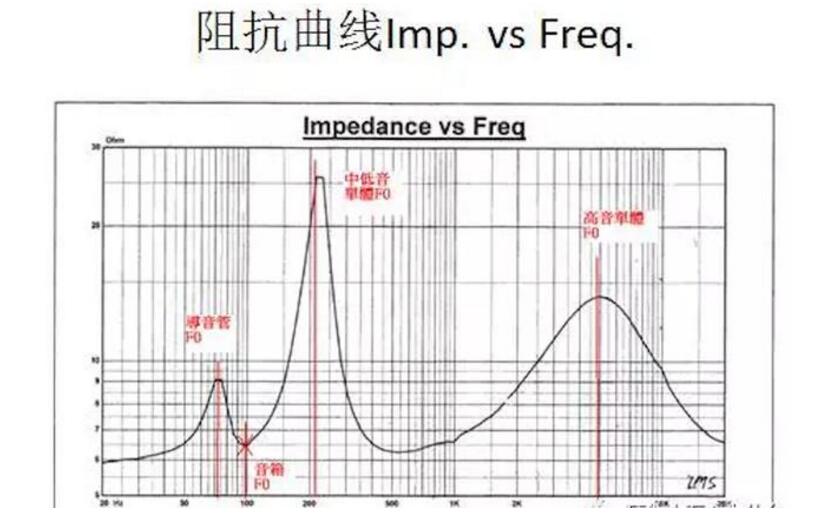
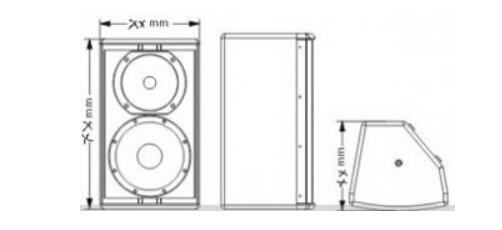
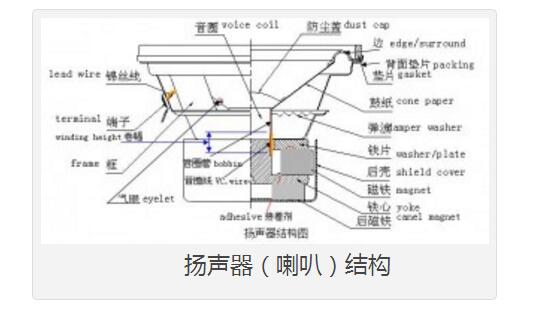
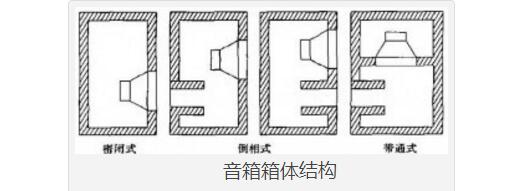
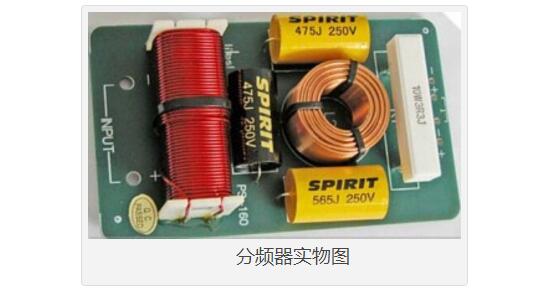
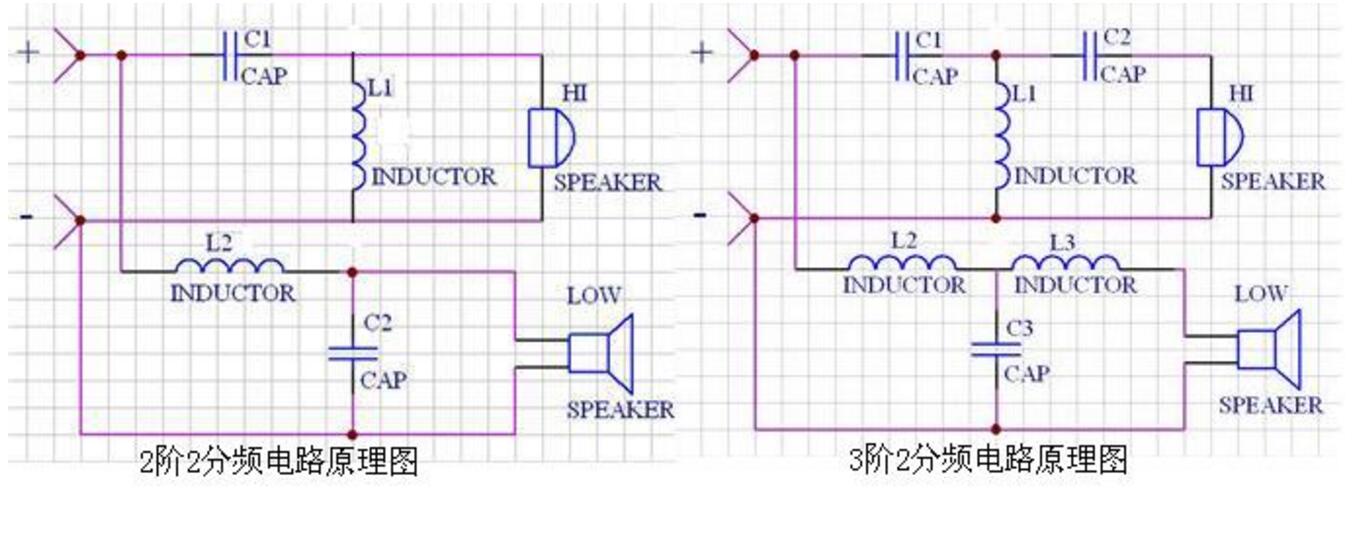
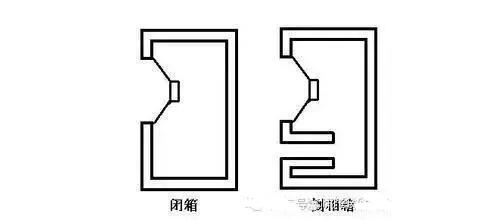
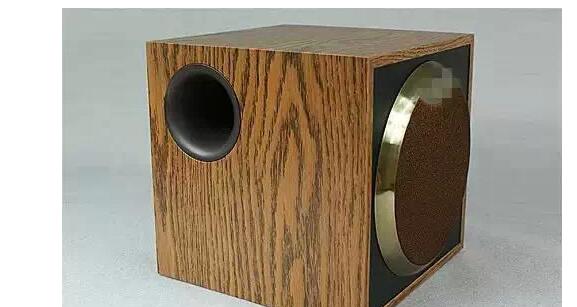
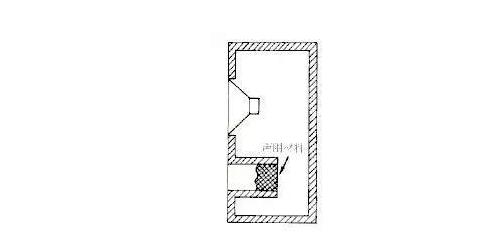
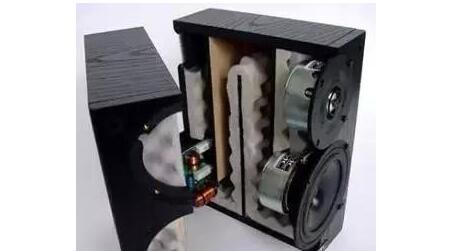
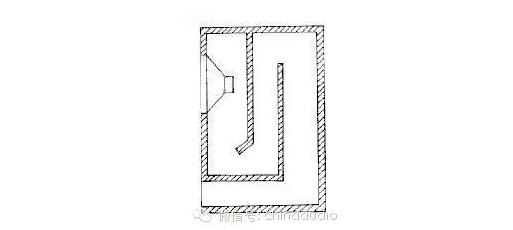
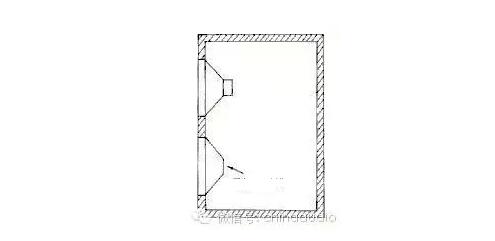
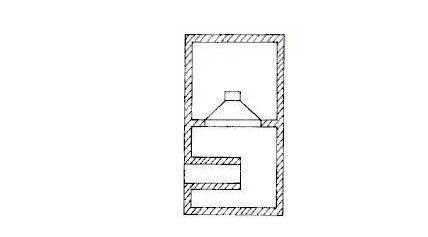
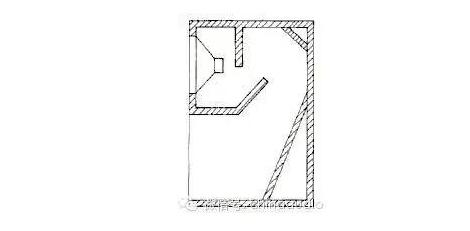
Speakers Overview